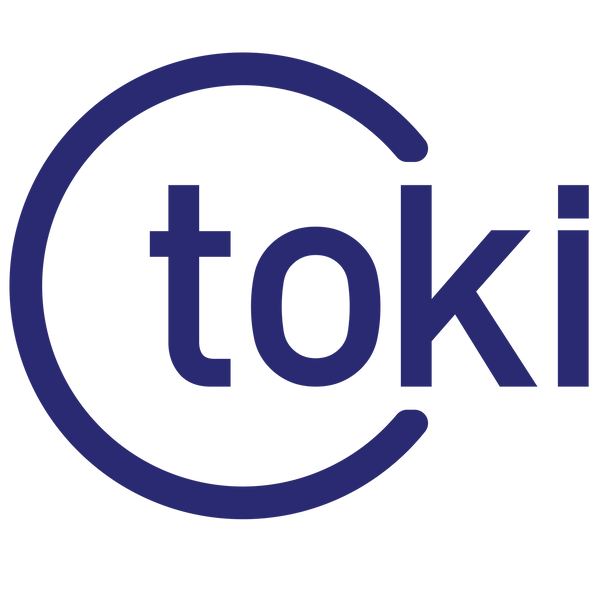Measuring Methods of Conformal Coatings

The application of conformal coating is only successful if it is applied with the correct thickness, as the thickness determines the protection effectiveness of the PCB. Too thin a coating will provide insufficient protection and insulation whereas too thick a coating will cause coating defects such as cracks and insufficient curing. The recommended thickness for most coatings is between 1 to 5 mils (25 to 127 microns).
4 ways to measure conformal coating thickness
 |
Wet Film Gauge An inexpensive, quick and easy method to measure the thickness of coating while still wet, using a highly precise comb with varying distances between the teeth. Once done, the wet film measurement is multiplied by the solids content to calculate the dry film thickness. |
 |
Micrometer Screw Gauge Measurement is taken on a PCB's surface or test coupon prior to the coating application as well as when the coating has dried and is sufficiently hard. Calculate the difference between the 2 readings to determine the coating thickness, followed by the standard deviation to assess coating uniformity. This method, although low in cost, has limited accuracy. |
 |
Eddy Current Probes When the test probe is brought close to a flat and conductive surface, it produces an oscillating electromagnetic field which can be measured quickly and precisely to determine the thickness of dry coatings without damaging the PCB. |
 |
Ultrasonic Thickness Gauge Using ultrasonic waves, coating thickness is determined by measuring how long it takes for an emitted sound pulse to travel through the coating and reflect from the PCB surface. A conductive medium like water, is needed to provide good contact with the surface. |
Once the coating is applied, it will then require curing to achieve its maximum properties. Find out more about the different methods of curing here.
Tokimeku provides Techspray conformal coating to Singapore, Malaysia, Philippines, Indonesia, Thailand and Vietnam.
